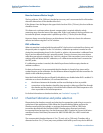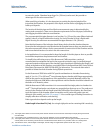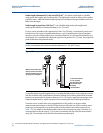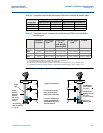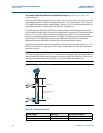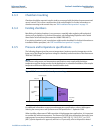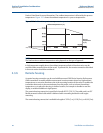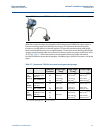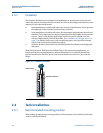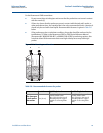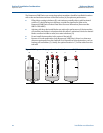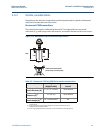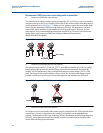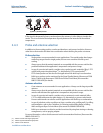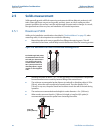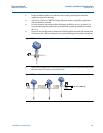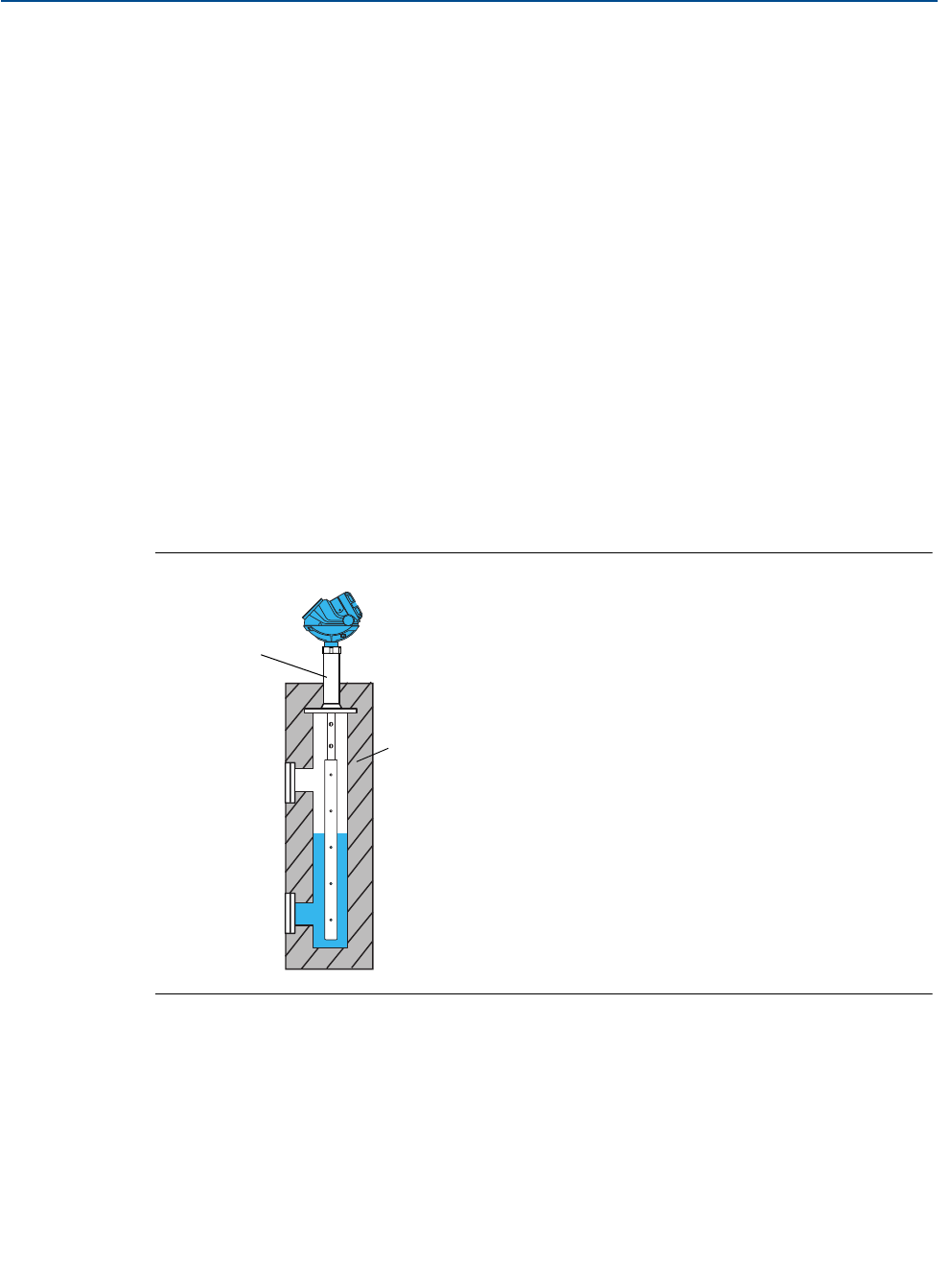
22
Reference Manual
00809-0700-4530, Rev AA
Section 2: Installation Considerations
September 2013
Installation considerations
2.3.7 Insulation
The chamber should always be insulated in hot applications to prevent personal injuries and
reduce the amount of energy needed for heating. It is often an advantage, and sometimes even
required, for the radar measurement:
In hot applications, insulation will reduce the amount of condensation, since it prevents
the upper part of the chamber from becoming a cold spot
In hot applications, insulation will reduce the temperature drop between the tank and
chamber. This is important since lower temperature fluids have higher density and less
volume. There is a risk that the level height could be less in the chamber since the
volume of higher density fluid will be smaller. See “Installation and location errors” on
page 73 for details. Heat tracing, well insulated inlet pipes, and a good flow-through
will also help to reduce the temperature change.
Insulation prevents the product from solidifying inside the chamber, and clogging the
inlet-pipes
When the Rosemount 5300 Series is installed in high or low temperature applications, it is
important that the maximum/minimum ambient temperature is considered. Nozzle/cham-
ber/tank insulation for the HTHP process seal version should not exceed 4 in. (10 cm) at the
flange.
Figure 2-13. Chamber insulation
2.4 Tank installations
2.4.1 Recommended mounting position
When finding an appropriate mounting position for the transmitter, the conditions of the tank
must be carefully considered.
HTHP version
Chamber insulation



